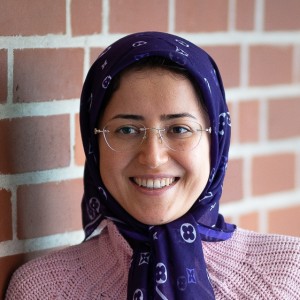
Resource Theory of Heat and Work with Non-commuting Charges
Z. B. Khanian, M. N. Bera, A. Riera, M. Lewenstein, A. Winter
Annales Henri Poincare 53 (2022).
"We consider a theory of quantum thermodynamics with multiple conserved quantities (or charges). To this end, we generalize the seminal results of Sparaciari et al. (Phys. Rev. A 96:052112, 2017) to the case of multiple, in general non-commuting charges, for which we formulate a resource theory of thermodynamics of asymptotically many non-interacting systems. To every state we associate the vector of its expected charge values and its entropy, forming the phase diagram of the system. Our fundamental result is the Asymptotic Equivalence Theorem, which allows us to identify the equivalence classes of states under asymptotic approximately charge-conserving unitaries with the points of the phase diagram. Using the phase diagram of a system and its bath, we analyze the first and the second laws of thermodynamics. In particular, we show that to attain the second law, an asymptotically large bath is necessary. In the case that the bath is composed of several identical copies of the same elementary bath, we quantify exactly how large the bath has to be to permit a specified work transformation of a given system, in terms of the number of copies of the ""elementary bath "" systems per work system (bath rate). If the bath is relatively small, we show that the analysis requires an extended phase diagram exhibiting negative entropies. This corresponds to the purely quantum effect that at the end of the process, system and bath are entangled, thus permitting classically impossible transformations (unless the bath is enlarged). For a large bath, or many copies of the same elementary bath, system and bath may be left uncorrelated and we show that the optimal bath rate, as a function of how tightly the second law is attained, can be expressed in terms of the heat capacity of the bath. Our approach solves a problem from earlier investigations about how to store the different charges under optimal work extraction protocols in physically separate batteries."
